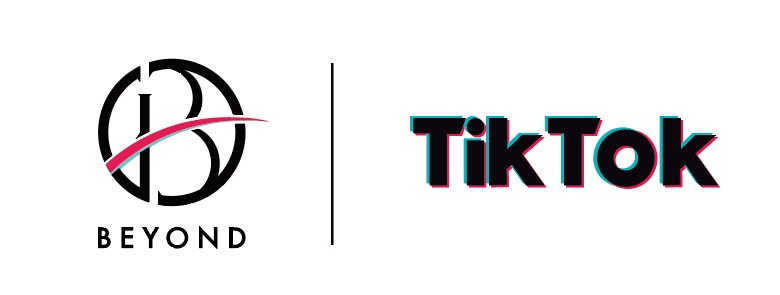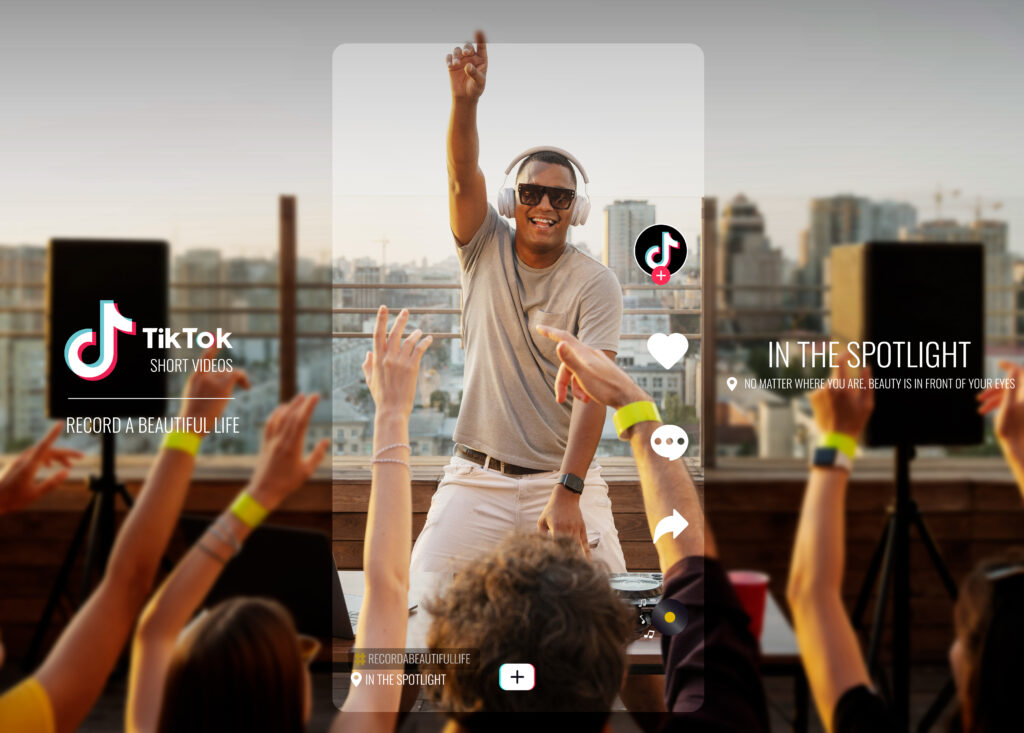TikTok has emerged as a revolutionary force in the world of advertising. With its meteoric rise to fame, TikTok isn't just a hub for viral dances and catchy tunes; it's a goldmine for marketers aiming to tap into a dynamic and highly engaged audience. From understanding its unique user demographics to unravelling the intricacies of successful marketing strategies on the platform, you can uncover how TikTok is reshaping the advertising landscape.
The Rise of TikTok: A Brief Overview
In the digital age, few social media platforms have risen as rapidly and profoundly as TikTok. Launched in September 2016 by the Chinese company ByteDance, TikTok, known in China as Douyin, has transcended its initial perception as a mere entertainment app for teenagers. Its unique format of short, engaging videos quickly captivated a global audience, leading to its international release in 2017. By 2018, TikTok had become the most downloaded app in the United States, signifying its entrance as a major player in the social media landscape.
TikTok's growth trajectory continued to soar in the following years. Its user-friendly interface, coupled with sophisticated algorithms, created an addictive user experience. The platform became known for its ability to make content go viral, bringing fame and exposure to ordinary users overnight. This phenomenon of instant virality, combined with a diverse range of content – from dance and music to comedy and education – has cemented TikTok's position in the social media world.
Understanding TikTok's Unique User Base
TikTok's user base is a tapestry of diversity, yet it distinctly skews towards the younger generation. A significant portion of its users are between the ages of 16 and 24, making it an invaluable platform for marketers targeting Gen Z. However, it's not just the age demographic that makes TikTok's audience unique; it's their behavior and interaction with content. TikTok users are known for their high engagement levels, spending an average of 52 minutes per day on the app.
This engaged audience isn't just passively consuming content; they are creators, influencers, and trendsetters. The platform's unique culture encourages creativity and authenticity, which resonates strongly with its user base. This has led to the emergence of new trends and even new genres of entertainment, further solidifying TikTok's role as a cultural incubator.
Key Elements of Successful TikTok Marketing Strategies
Successful TikTok marketing hinges on understanding the platform's unique landscape and leveraging it effectively. The key elements of a successful TikTok marketing strategy include creating authentic, relatable content that aligns with TikTok's casual, creative ethos. High production values are often less important than genuineness and humor.
Another crucial aspect is engaging with trends and challenges. Brands that can seamlessly integrate their message into trending content see higher engagement and virality. For example, Chipotle's #GuacDance challenge capitalised on a trending dance, resulting in massive engagement and record-breaking guacamole sales.
Leveraging TikTok for Different Types of Businesses
TikTok's versatile nature makes it suitable for a wide range of businesses, from startups to multinational corporations. Small businesses can leverage TikTok to build brand awareness and community engagement at a relatively low cost. For instance, local cafes can showcase their unique offerings or behind-the-scenes glimpses through engaging TikTok videos, connecting with a local and global audience simultaneously.
On the other hand, larger businesses can use TikTok for extensive branding campaigns, influencer partnerships, and international reach. The platform's global presence provides an opportunity for these companies to tap into new markets and demographics.

